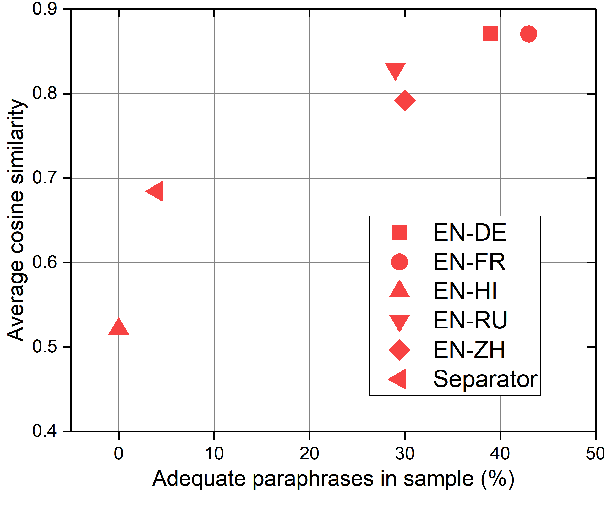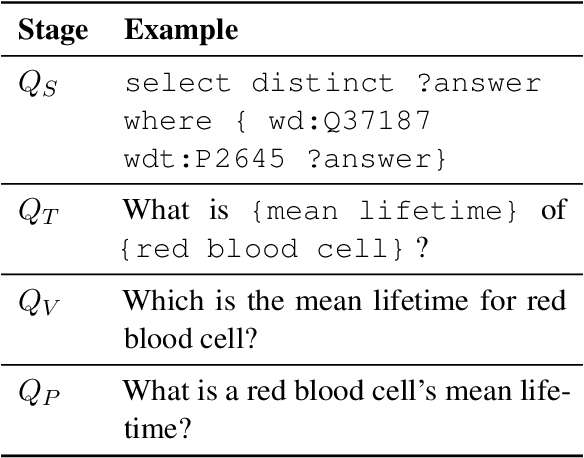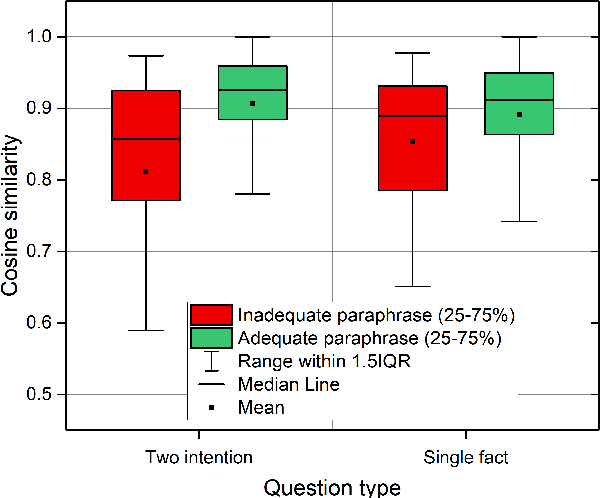Nick Ferguson
Aligning Explainable AI and the Law: The European Perspective
Feb 22, 2023Abstract:The European Union has proposed the Artificial Intelligence Act intending to regulate AI systems, especially those used in high-risk, safety-critical applications such as healthcare. Among the Act's articles are detailed requirements for transparency and explainability. The field of explainable AI (XAI) offers technologies that could address many of these requirements. However, there are significant differences between the solutions offered by XAI and the requirements of the AI Act, for instance, the lack of an explicit definition of transparency. We argue that collaboration is essential between lawyers and XAI researchers to address these differences. To establish common ground, we give an overview of XAI and its legal relevance followed by a reading of the transparency and explainability requirements of the AI Act and the related General Data Protection Regulation (GDPR). We then discuss four main topics where the differences could induce issues. Specifically, the legal status of XAI, the lack of a definition of transparency, issues around conformity assessments, and the use of XAI for dataset-related transparency. We hope that increased clarity will promote interdisciplinary research between the law and XAI and support the creation of a sustainable regulation that fosters responsible innovation.
Investigating the use of Paraphrase Generation for Question Reformulation in the FRANK QA system
Jun 06, 2022



Abstract:We present a study into the ability of paraphrase generation methods to increase the variety of natural language questions that the FRANK Question Answering system can answer. We first evaluate paraphrase generation methods on the LC-QuAD 2.0 dataset using both automatic metrics and human judgement, and discuss their correlation. Error analysis on the dataset is also performed using both automatic and manual approaches, and we discuss how paraphrase generation and evaluation is affected by data points which contain error. We then simulate an implementation of the best performing paraphrase generation method (an English-French backtranslation) into FRANK in order to test our original hypothesis, using a small challenge dataset. Our two main conclusions are that cleaning of LC-QuAD 2.0 is required as the errors present can affect evaluation; and that, due to limitations of FRANK's parser, paraphrase generation is not a method which we can rely on to improve the variety of natural language questions that FRANK can answer.
 Add to Chrome
Add to Chrome Add to Firefox
Add to Firefox Add to Edge
Add to Edge